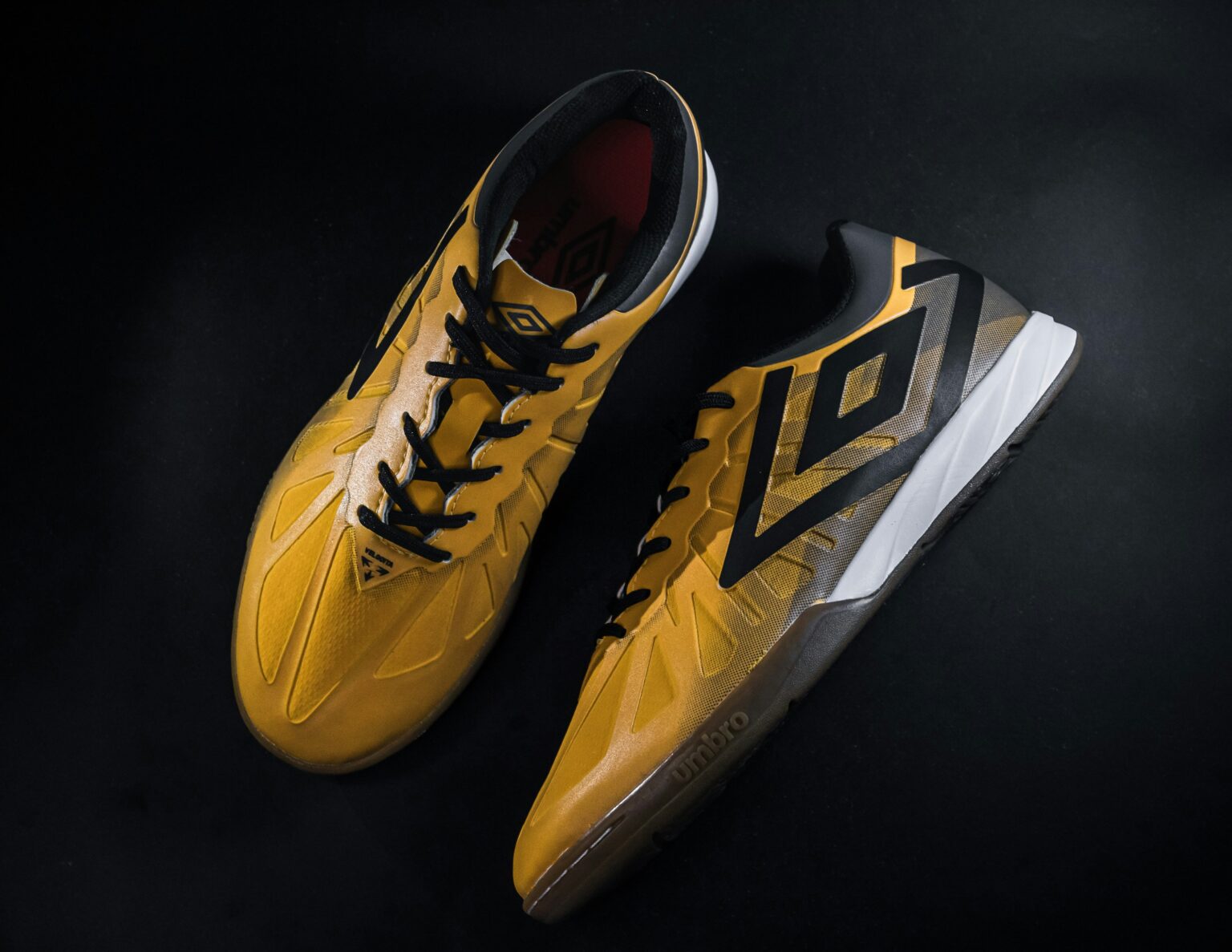Iconix Luxembourg Holdings SARL v Dream Pairs Europe Inc & Anor [2024] EWCA Civ 29 (26 January 2024)
When assessing the likelihood of confusion between two marks in a trade mark clearance or infringement context, the orthodox approach of the diligent IP practitioner might be to set the two marks out next to one another, analysing them primarily from the perspective of the average consumer at the point of sale. Whilst the prospect of confusion arising after this point should be considered, it is unlikely to be the focus. A recent UK court of Appeal decision has, however, underlined that this technical, square-on comparison does not in fact reflect the real worlds that brands inhabit, and the various ways in which the average consumer can be confused by them even after a product has been sold.
The claimant and appellant in this case was Iconix Luxembourg Holdings Sarl, owner of the UMBRO sportswear brand (Umbro). Umbro has for a number of years used and held registrations for a device mark sometimes described as a “double diamond” (pictured below). The defendant and respondent was Dream Pairs Europe Inc and Top Glory Trading Group Inc (Dream Pairs), who had more recently (2018) begun selling footwear under a device mark described as a “broken square with a P-shape in the middle” (also pictured below).
Umbro earlier registered mark
Dream Pairs infringing mark
At first instance, the UK’s High Court had found a “very low degree of similarity” between the two marks such that, despite the identical goods at issue (footwear), there was no likelihood of confusion. Umbro appealed, however, and was successful in overturning the decision. The Court of Appeal considered that the judge had fallen into error and agreed, in particular, with Umbro’s submissions that:
the lower court judge had “fallen into the common trap in trade mark cases of allowing his eye to be conditioned by the side-by-side comparison”. The judge had “failed properly to consider the impact of the [Dream Pairs mark] as affixed to footwear upon consumers who had never seen the graphical representation of [such mark]…but whom encountered [it] for the first time in the post-sales context”; and
the viewer would see the Dream Pairs mark “as affixed to footwear looking down from head height at the feet of another person wearing the footwear. Thus the average consumer in the post-sales context would frequently see the [Dream Pairs’ mark] at an angle and not square-on”.
In reassessing the similarity of the marks when viewed from the particular perspective of an average consumer ”looking down at the vertically presented sign on the side of show on the wearer’s foot”, the Court of Appeal considered that the Dream Pairs sign “would be foreshortened”. As such, there was in fact a “moderately high level of similarity”, leading to a conclusion that there was a likelihood of confusion (and infringement).
The need to consider how a trade mark is viewed by a consumer in context (including in a post-sales context) is not a new development in English trade mark law. However, like the judge at first instance, its importance may have been allowed to shift from focus. The circumstances of this case were specific – involving a small rhomboid device mark on trainers – which combined to create the foreshortening effect on which the outcome hinged. Nevertheless, the decision underlines the importance of considering how consumers interact with brands when assessing infringement risk. Practically speaking, and in the context of a trade mark clearance search, this sets a high bar. However, with the assistance of rotating and tilting screens, no doubt the diligent IP practitioner will rise to the challenge (whilst drawing their colleagues’ occasionally puzzled looks).
